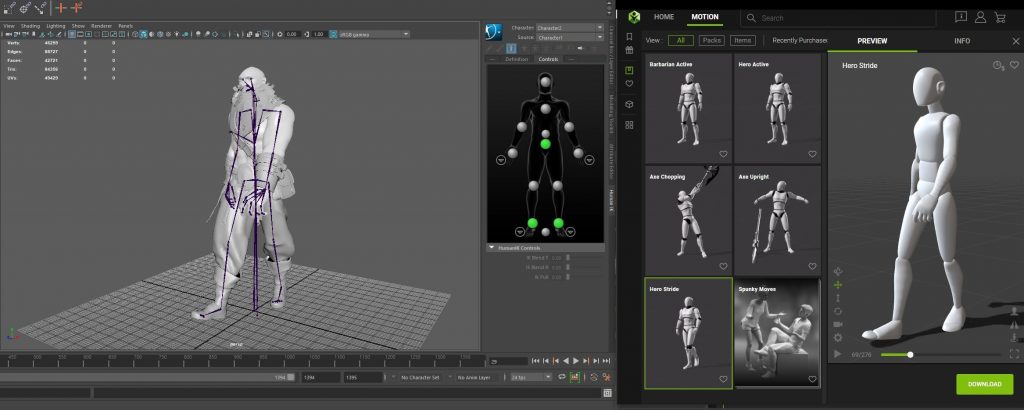



It turns out that dealing with a whole bunch of dense data is frequently better-as long as you have the right tools to do it. Manipulating a surface from a limited number of points must be easier than dealing with a huge mess of polygons, right? They both create a surface out of a relatively small number of control points that the user can manipulate, and it is the job of the modeler to place these control points in the right relationship to create the desired surface.Īt first blush this seems like an obvious good. While subdivision surfaces almost completely took over from NURBs as the most common technique for DCC modeling in the early aughts for very good reasons, the two methods of modeling surfaces have a lot in common. In discussing interpolationless animation techniques, an analogy I keep coming back to is zBrush and other sculpting apps vs subdivision and NURBs modeling.


 0 kommentar(er)
0 kommentar(er)
